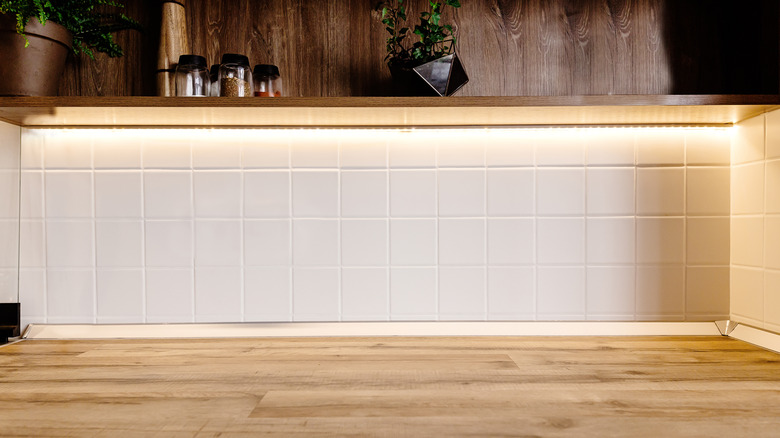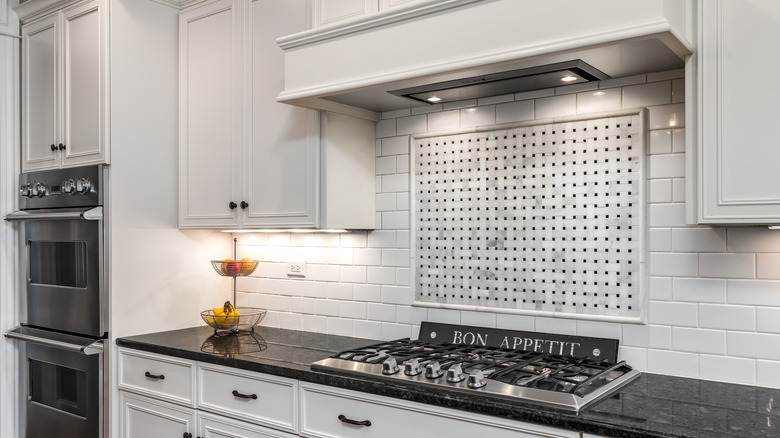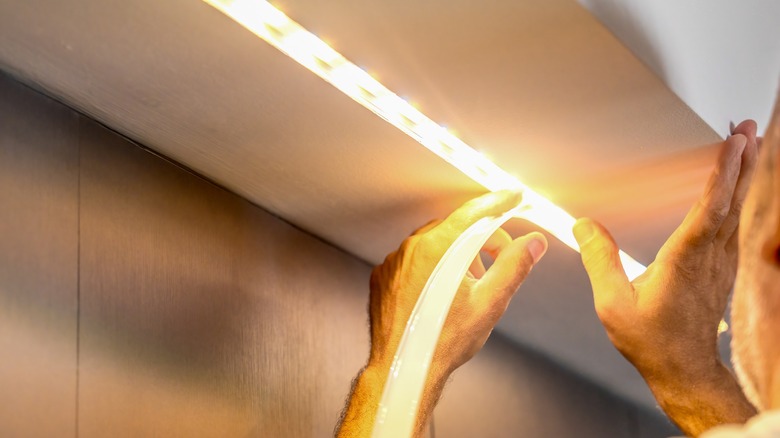How To Choose The Best Under-Cabinet Lighting For Your Kitchen
If you've decided that your kitchen needs a bit more light, installing some under-cabinet lighting can be a great idea. Under-cabinet lighting can help you see more clearly in the kitchen without being an eyesore, as they'll be hidden from sight. The right under-cabinet lighting can really help brighten up a space, especially if matched with a reflective backsplash, such as one made of glass.
When choosing lighting to add under your kitchen cabinets, many options are available to suit your preferences and needs. There are a few important things to consider when making your choice, including the lighting type and your purpose for installing new lighting. Tape lights, puck lights, and light bars are some common options that will work well for just about any kitchen space.
Tape lights, or strip lights, are a great solution if you don't have much space to spare and can easily be installed. You'll simply need to tape them into position underneath your cabinets. Puck lights, on the other hand, serve as focused spotlights and allow you to direct the light in various ways based on your needs. They're also very easy to install. Additionally, you may also want to consider adding a plug-in, hardwired, or battery-powered light bar. LED light bars can be a great option for task lighting and often come with remotes that allow you to easily dim the light as needed. However, their structure allows for a bit less flexibility than strip lights.
Determining your under-cabinet lighting requirements
Remember that you should choose a lighting type as well as its level of power based on what your specific goals are. Your needs will change depending on whether you're simply trying to improve the atmosphere in the kitchen or if you need lighting to perform everyday kitchen tasks. An important thing to consider is how your lights are powered. Under-cabinet kitchen lighting can be battery-powered, plugged in, or hardwired. Battery-powered and plug-in lights are easy to install, but many homeowners think that hardwired lights look more professional.
You should also check the number of lumens that your chosen light has and determine how much light your kitchen really needs. For accent lighting, you likely only need 200 lumens or less. If you need under-cabinet lights to serve as a primary light source in your kitchen, you may need between 500 and 1,000 lumens instead. 200-500 lumens is a good middle ground if you're aiming for a combination of task lighting and accent lighting.
Deciding between DIY and professional installation
Installing lighting under the cabinets can be a DIY job that you can take on yourself. Especially if you'll be installing battery-operated or plugged-in under-cabinet lighting, you can quickly complete it on your own and improve the look and functionality of your kitchen. These installations are fairly easy and uncomplicated, even for someone who's not particularly home improvement savvy.
On the other hand, if you're installing hardwired under-cabinet lights, you'll need to request the help of a professional electrician. An electrician can help to ensure that the job is done correctly and safely. This will help to prevent your lighting from becoming a fire hazard and ensure that the lighting will continue working like it's supposed to as time goes on. While hiring a professional to install hardwired lighting will be more costly, it can be worth it if you're interested in getting the most from this popular kitchen lighting trend. You can achieve a more elegant look with hardwired under-cabinet lighting if you don't want to deal with batteries or run cords along the wall.


